
Click Here for Full Screen Image - Click Here to Download Image
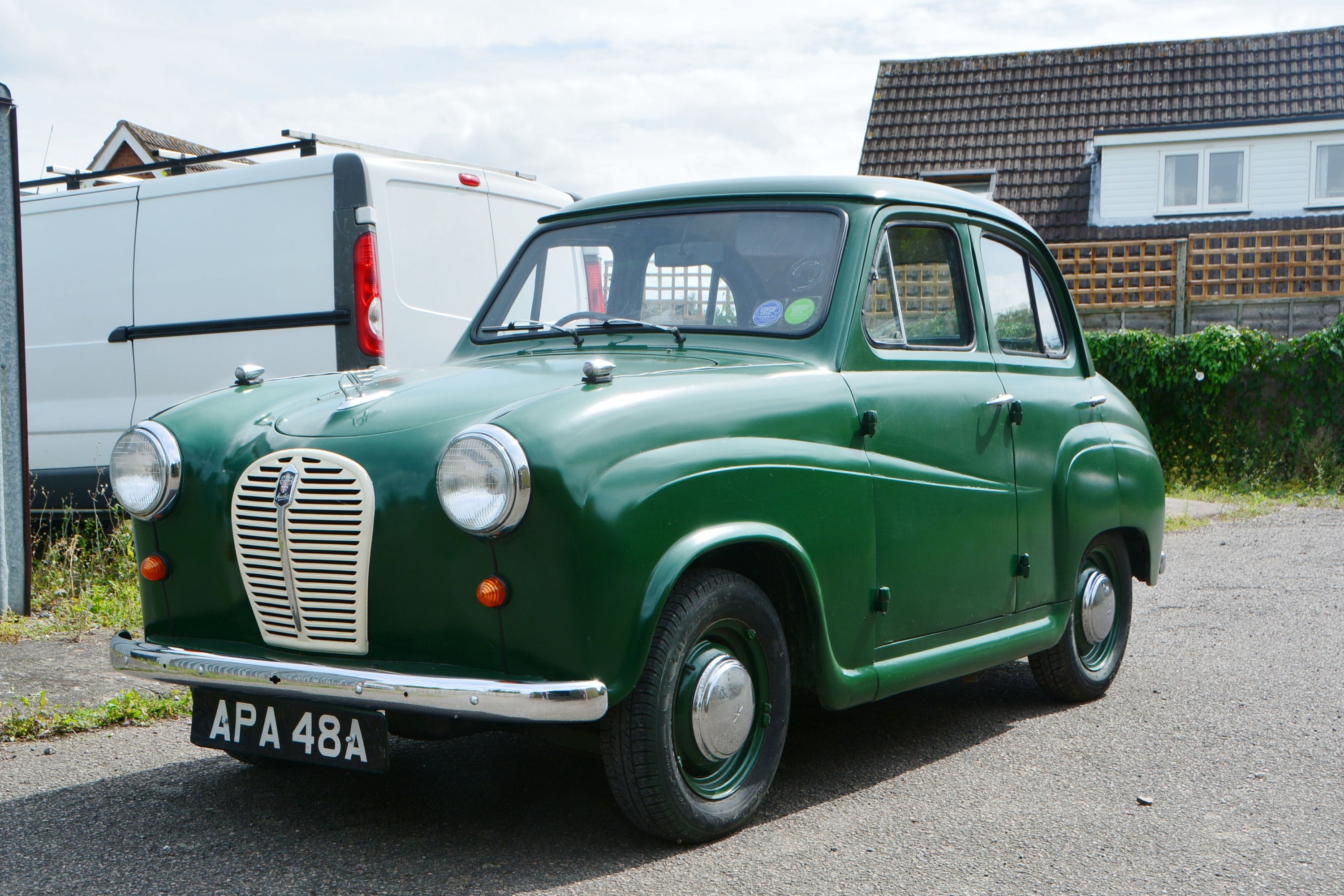 |  | 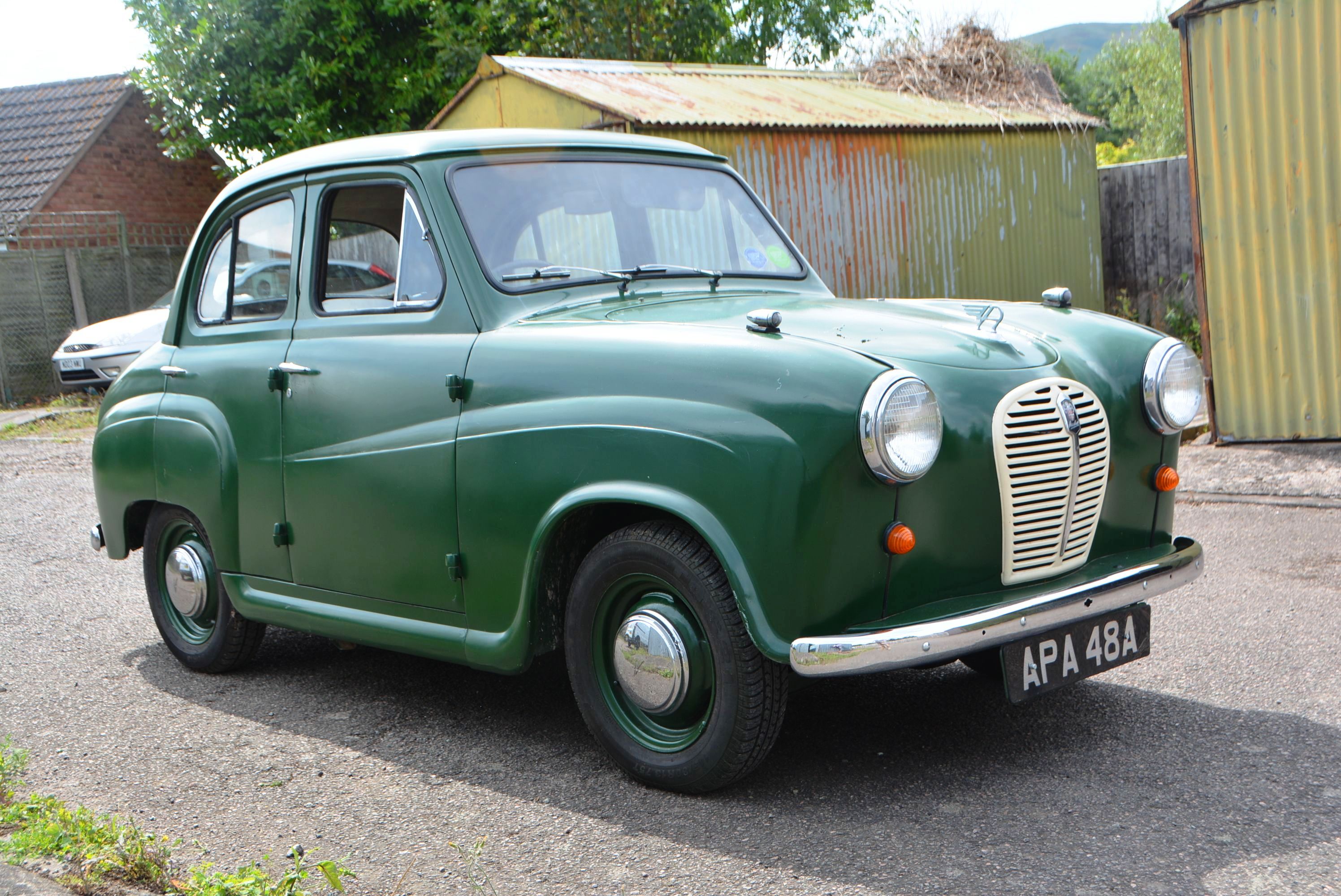 | 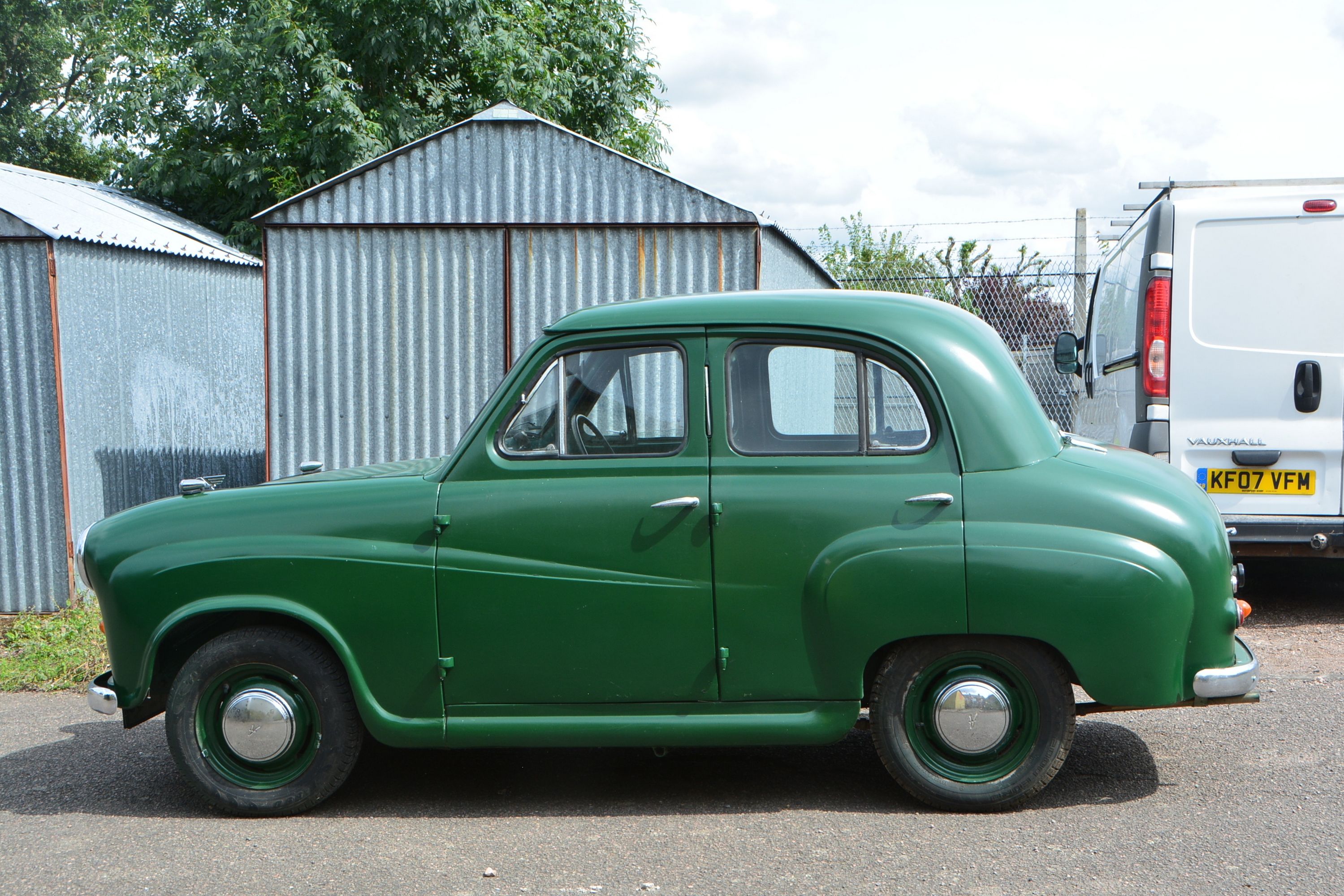 | 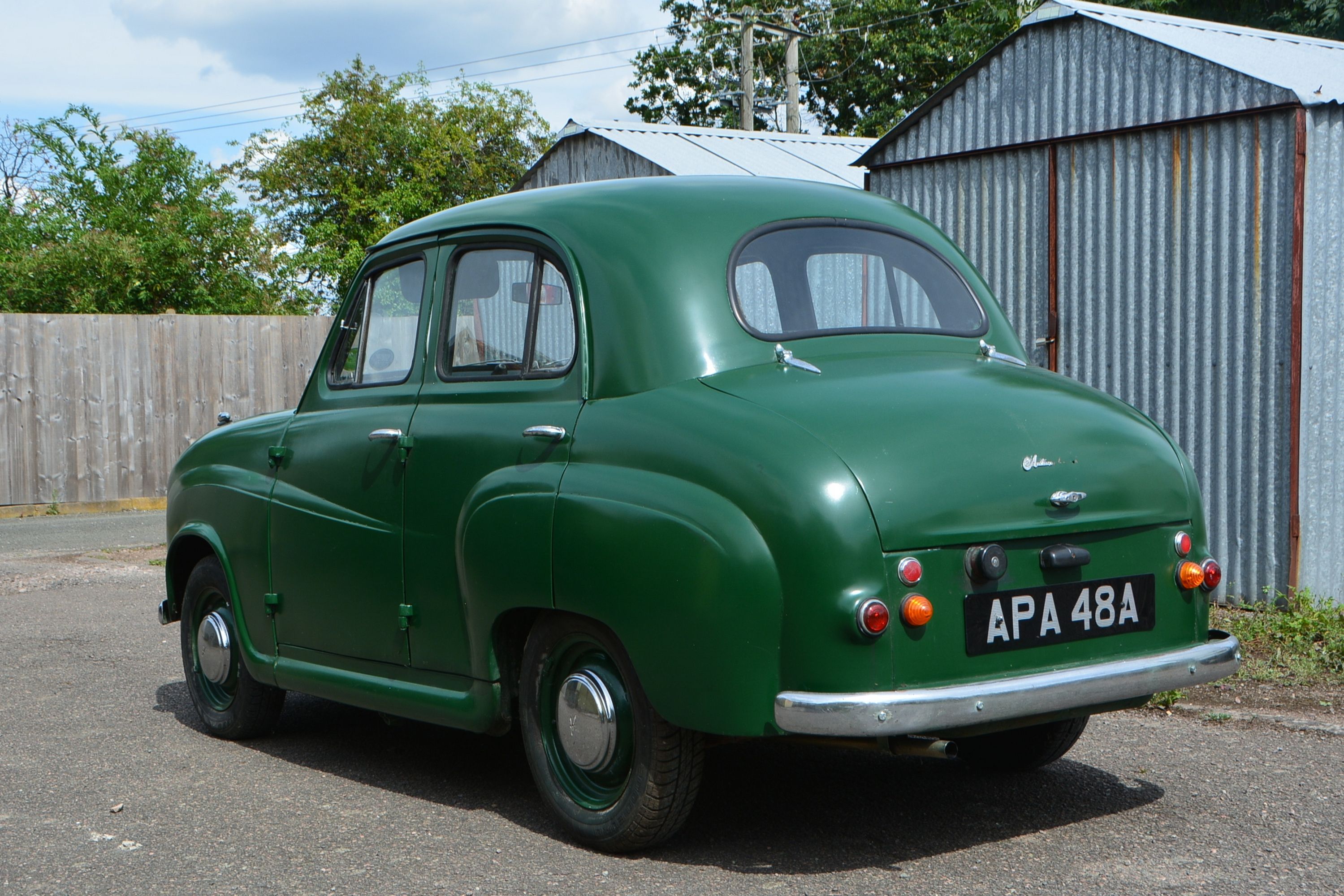 | |||||
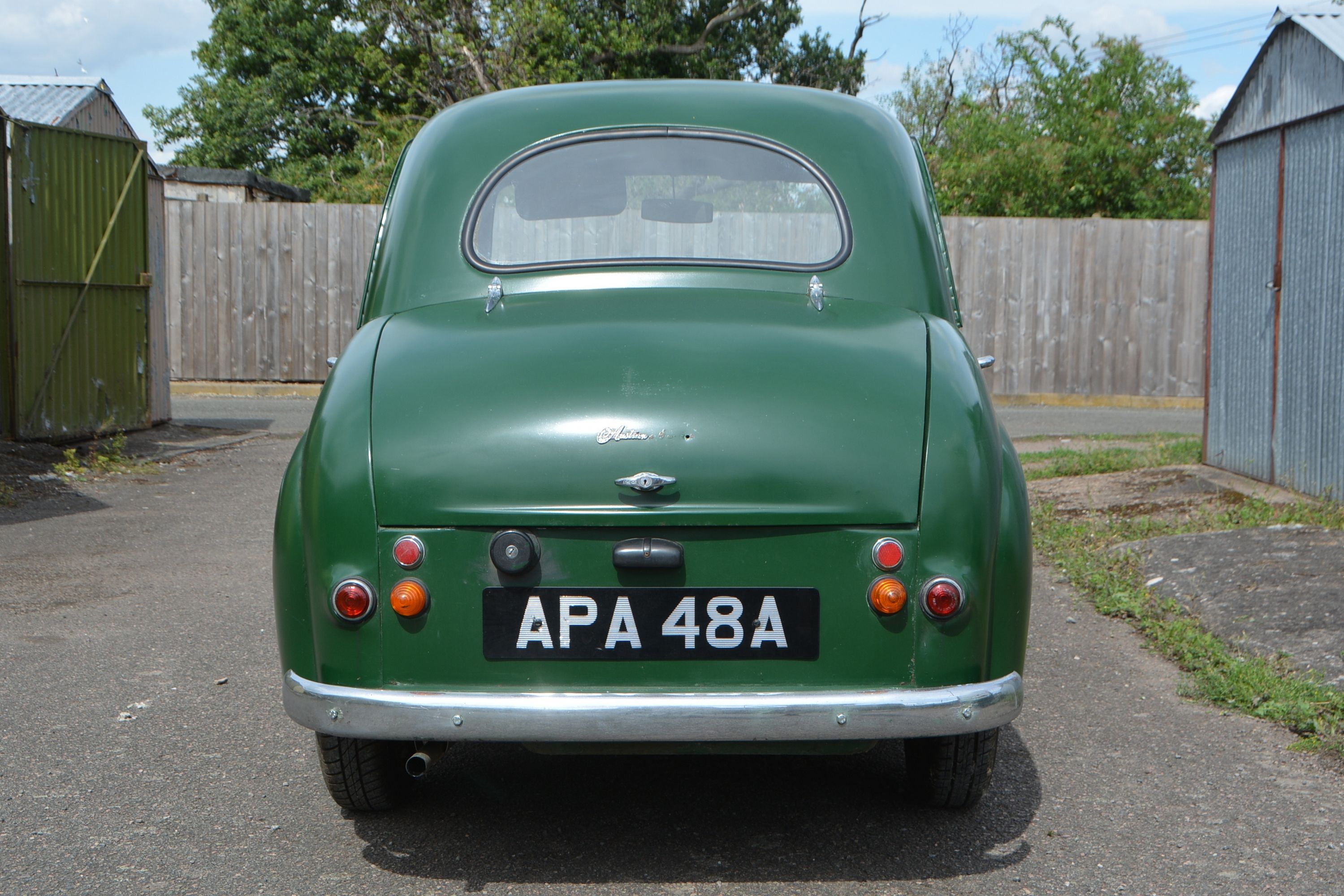 |  |  | 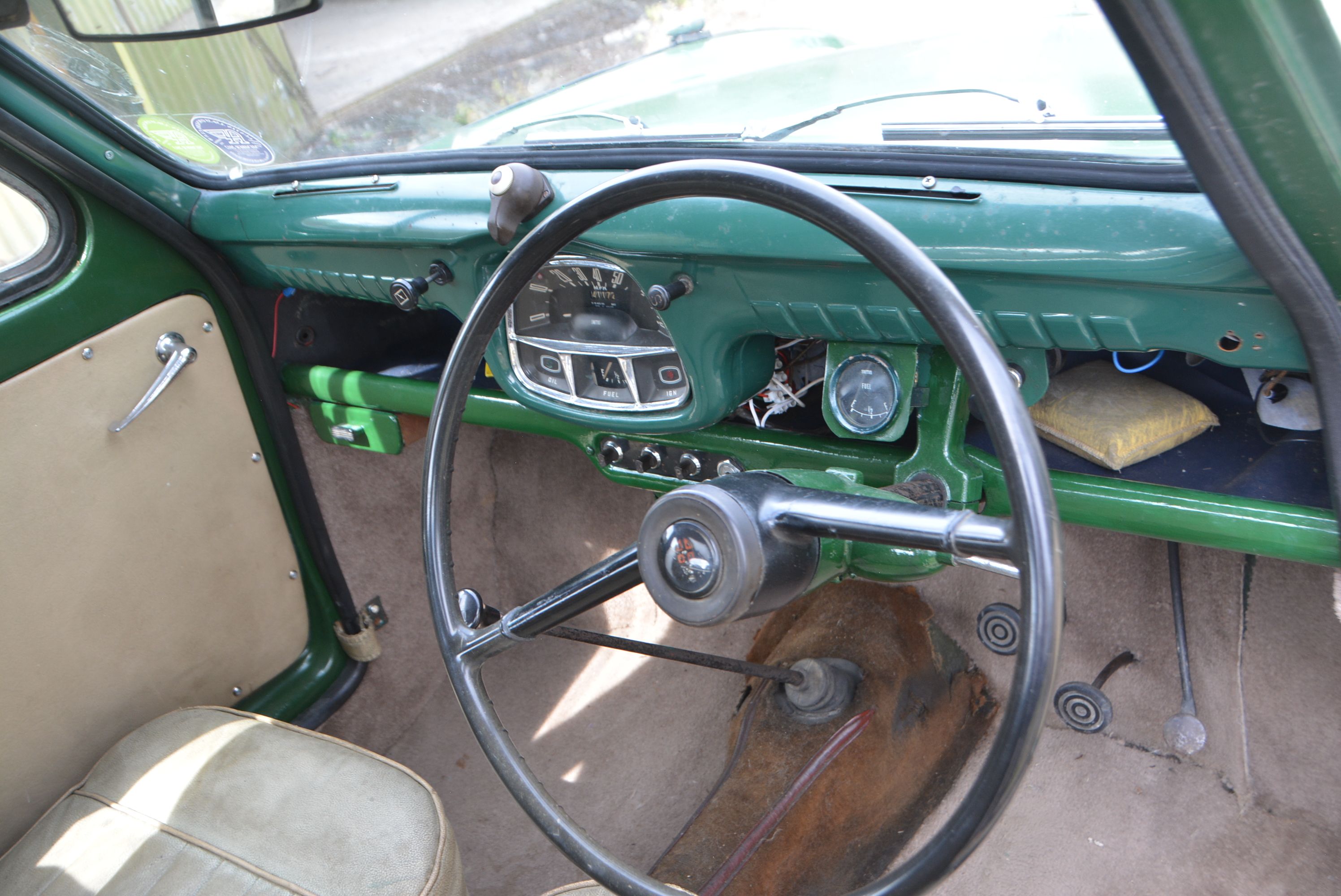 | 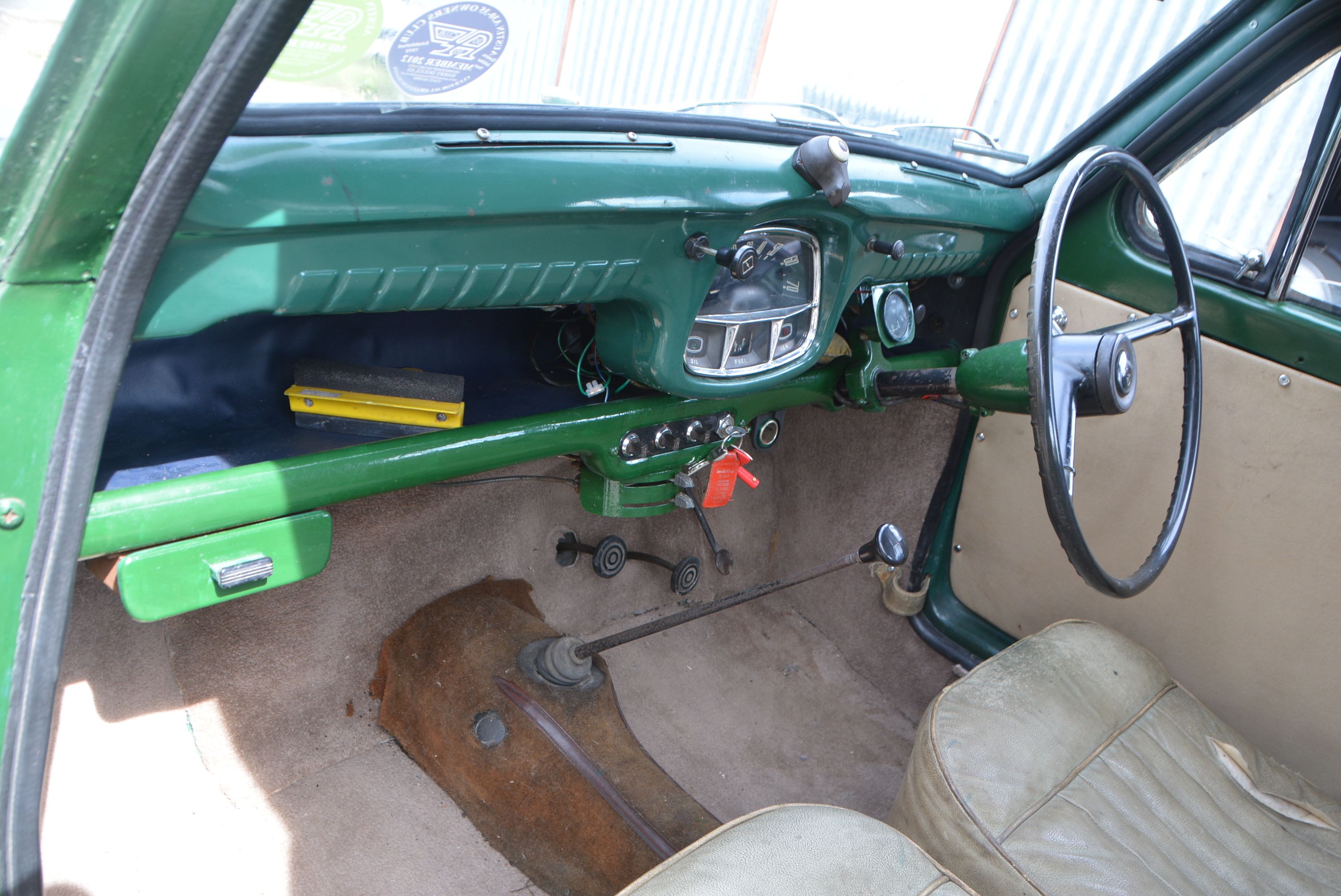 | |||||
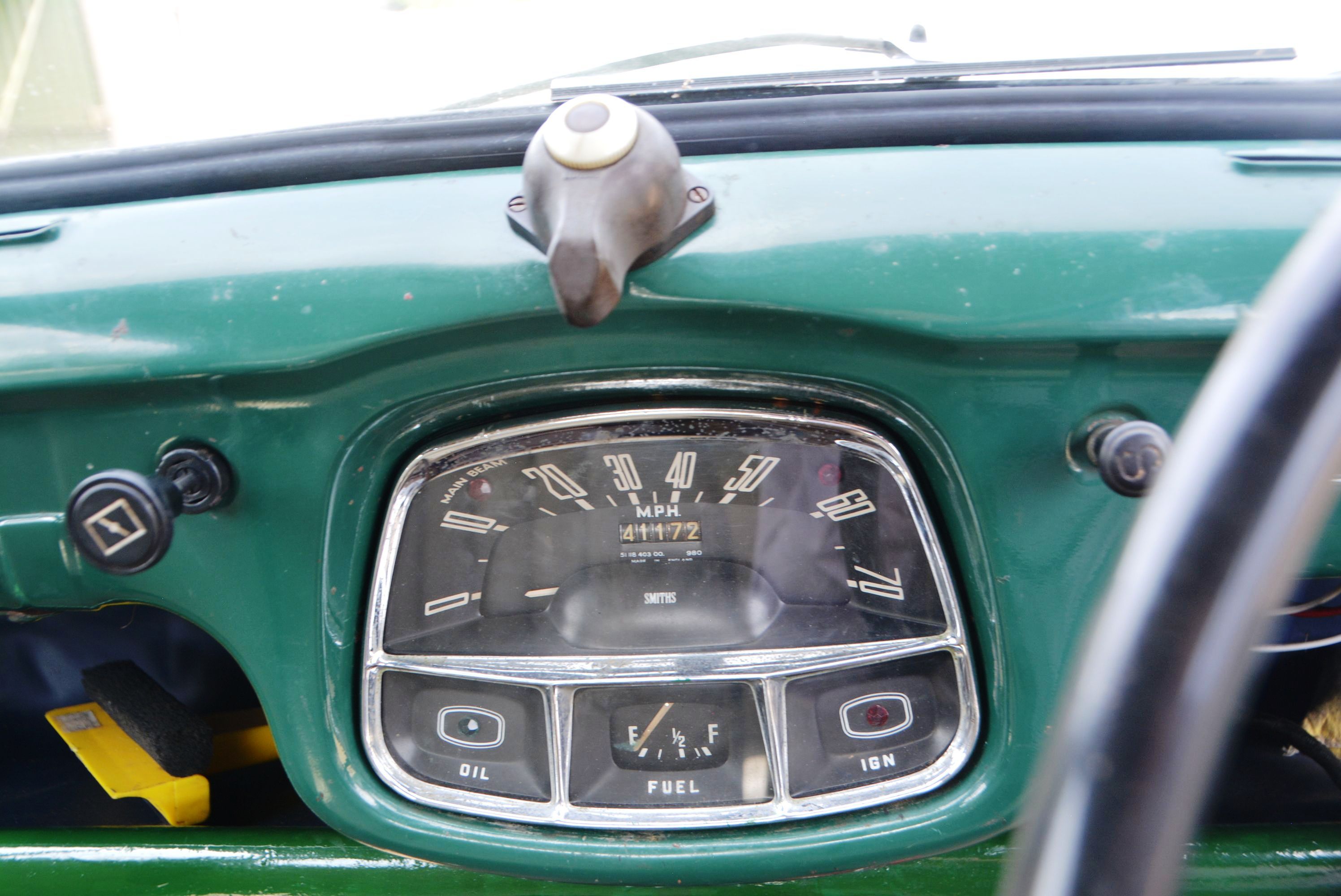 | 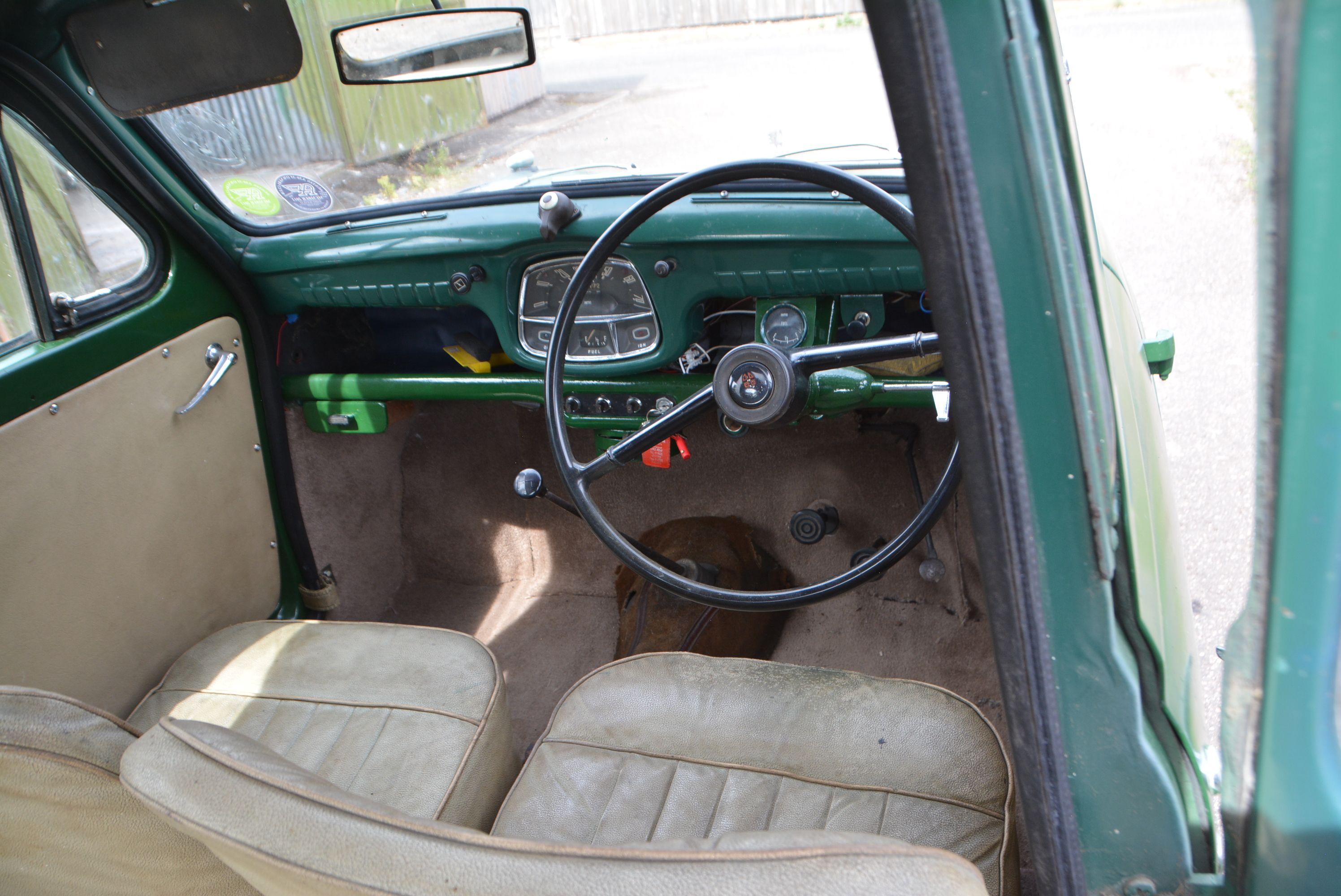 | 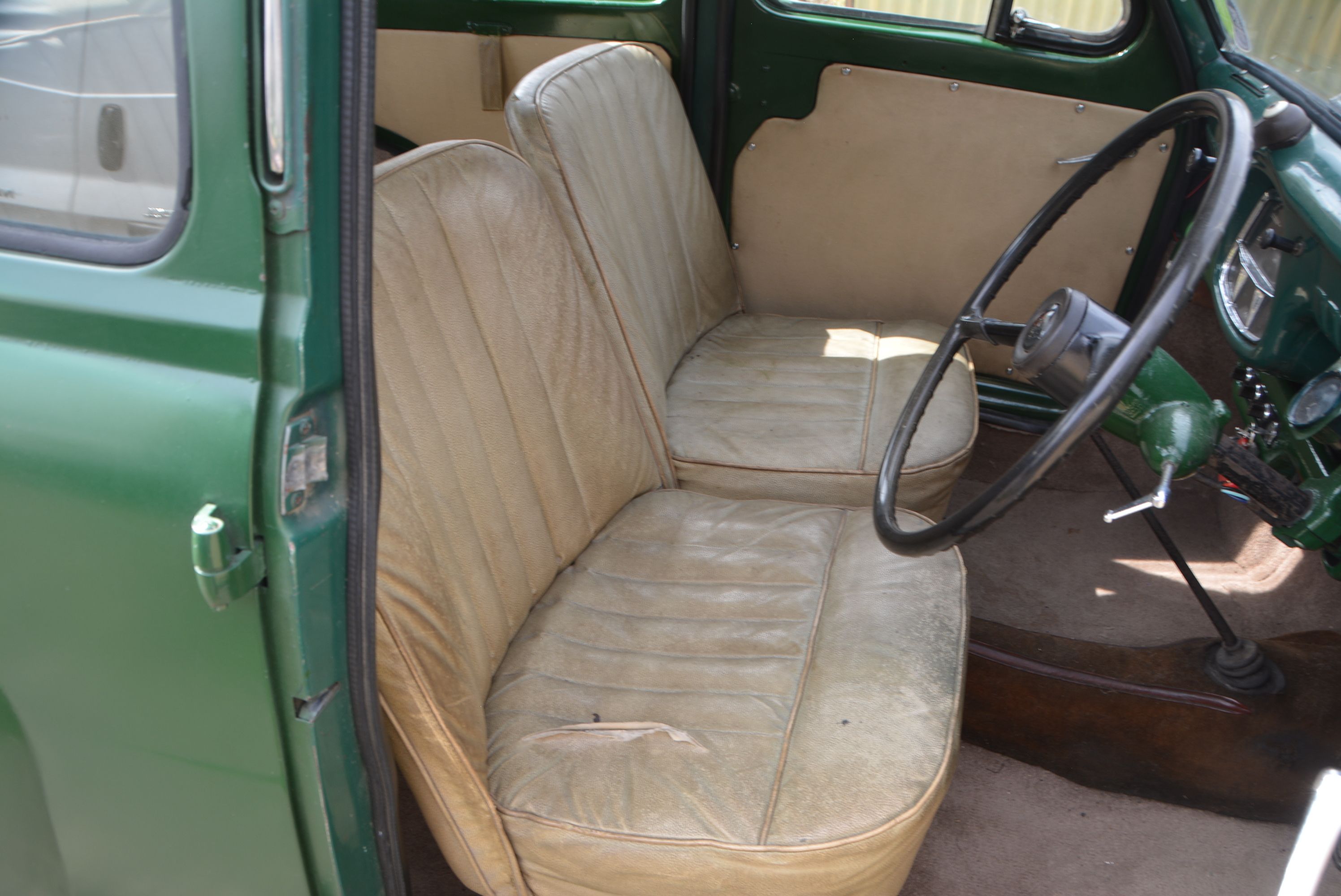 | 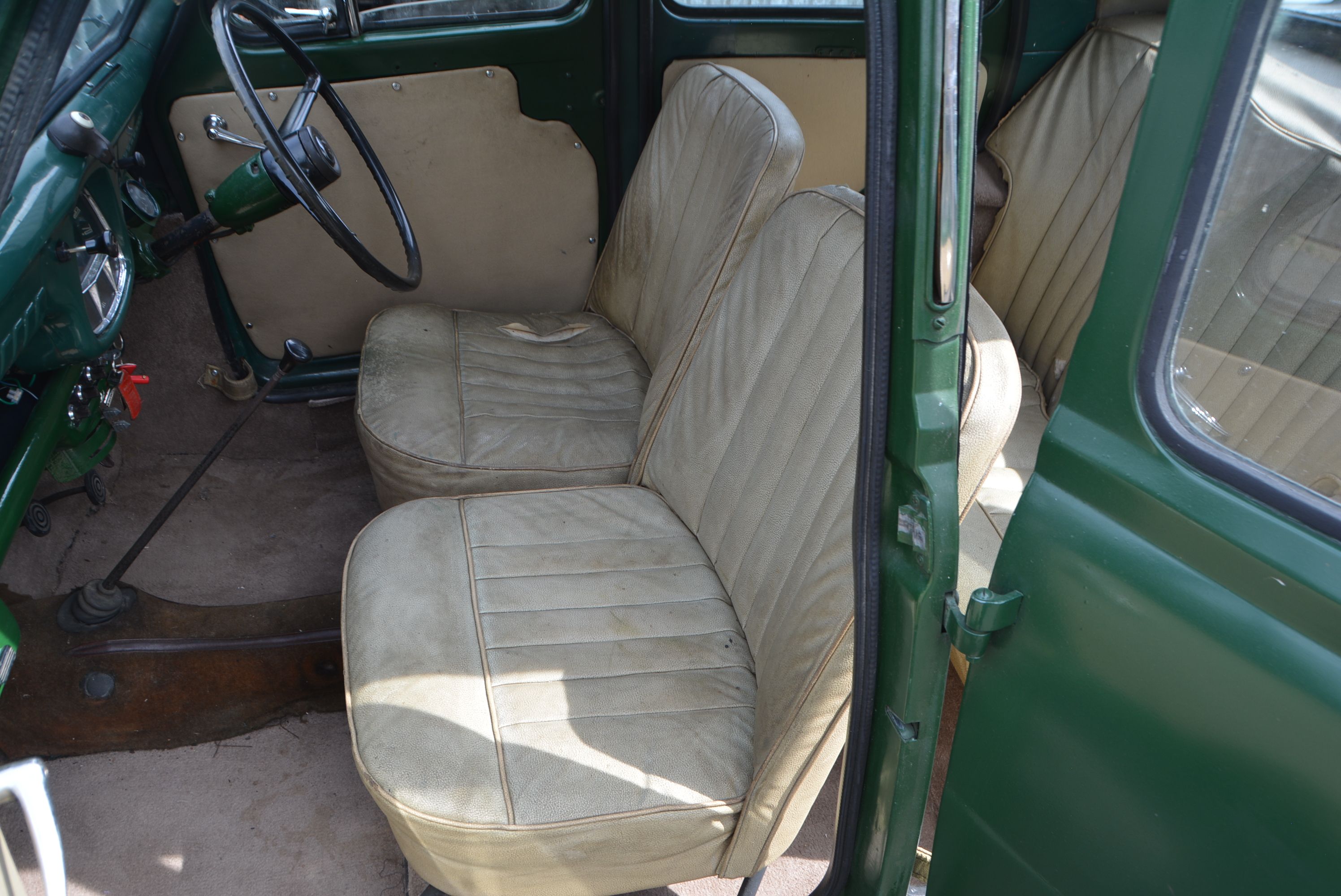 |  | |||||
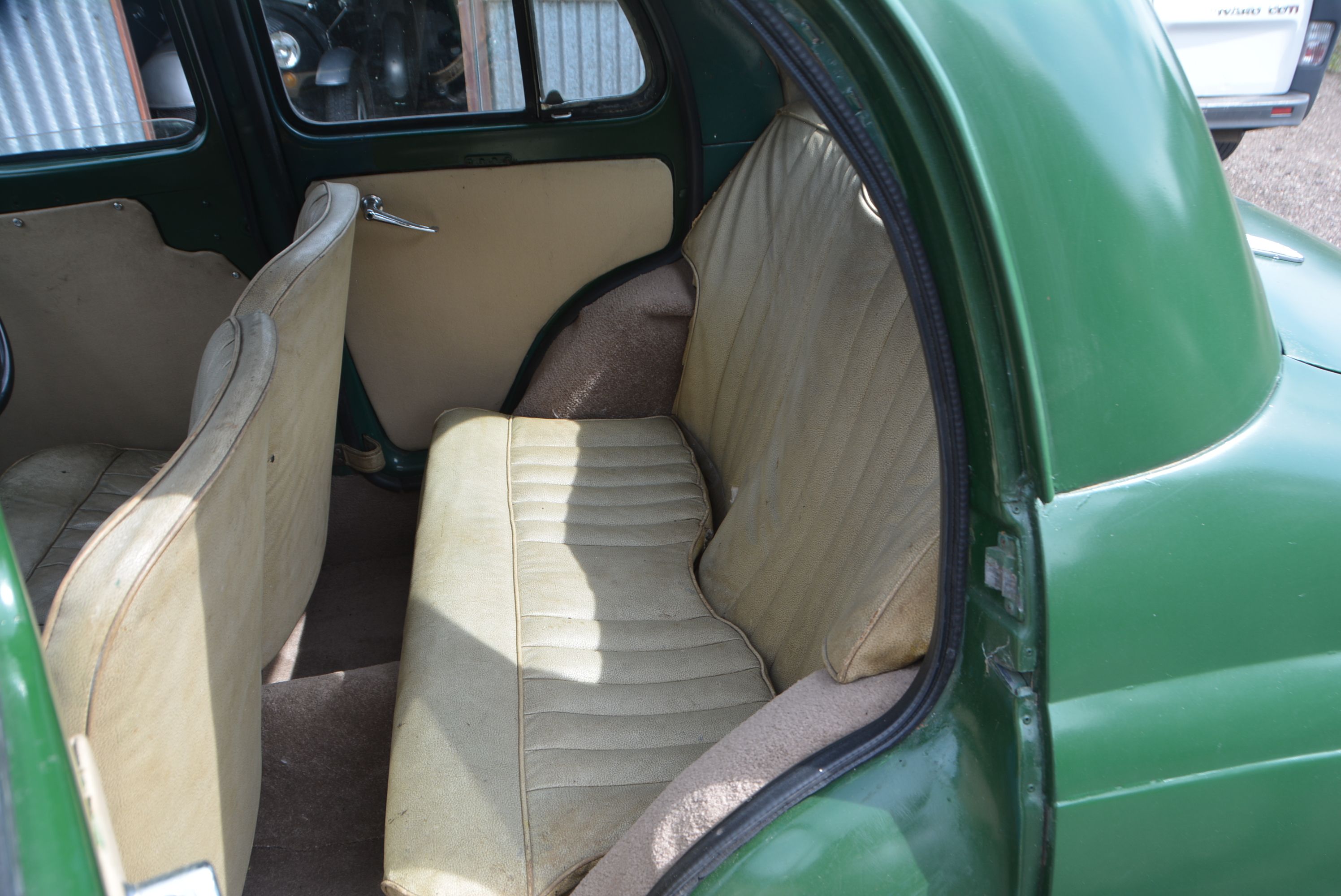 | 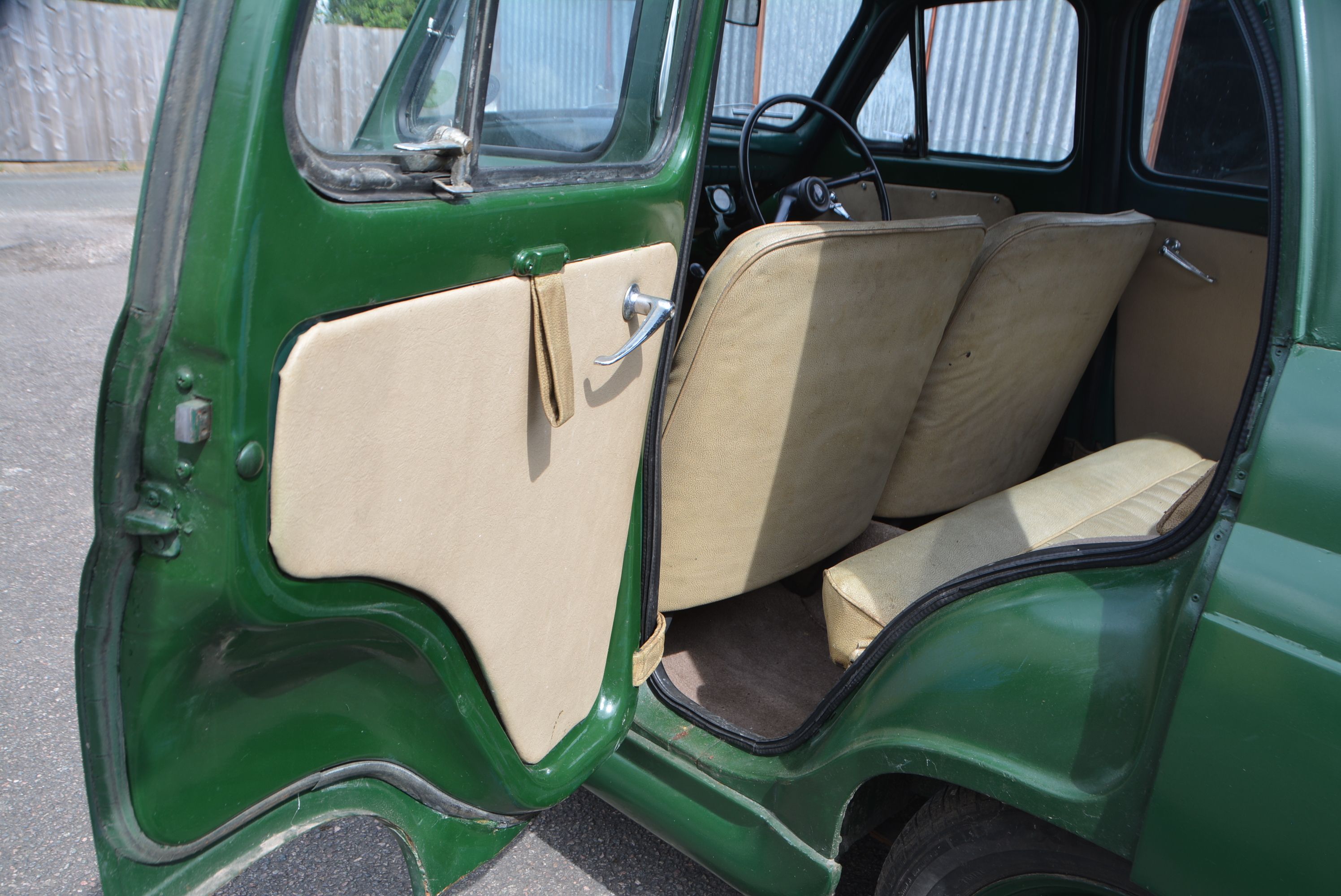 | 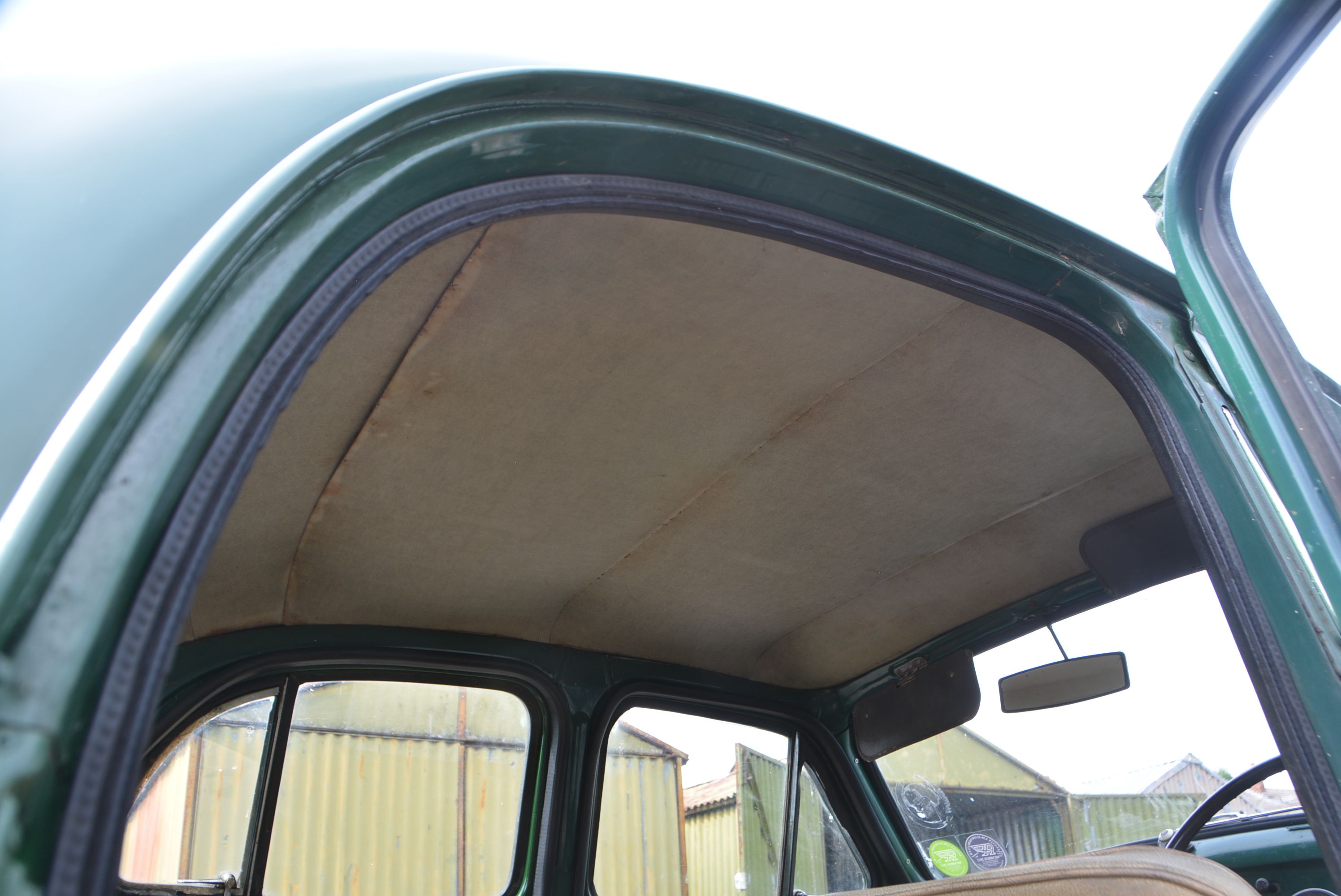 | 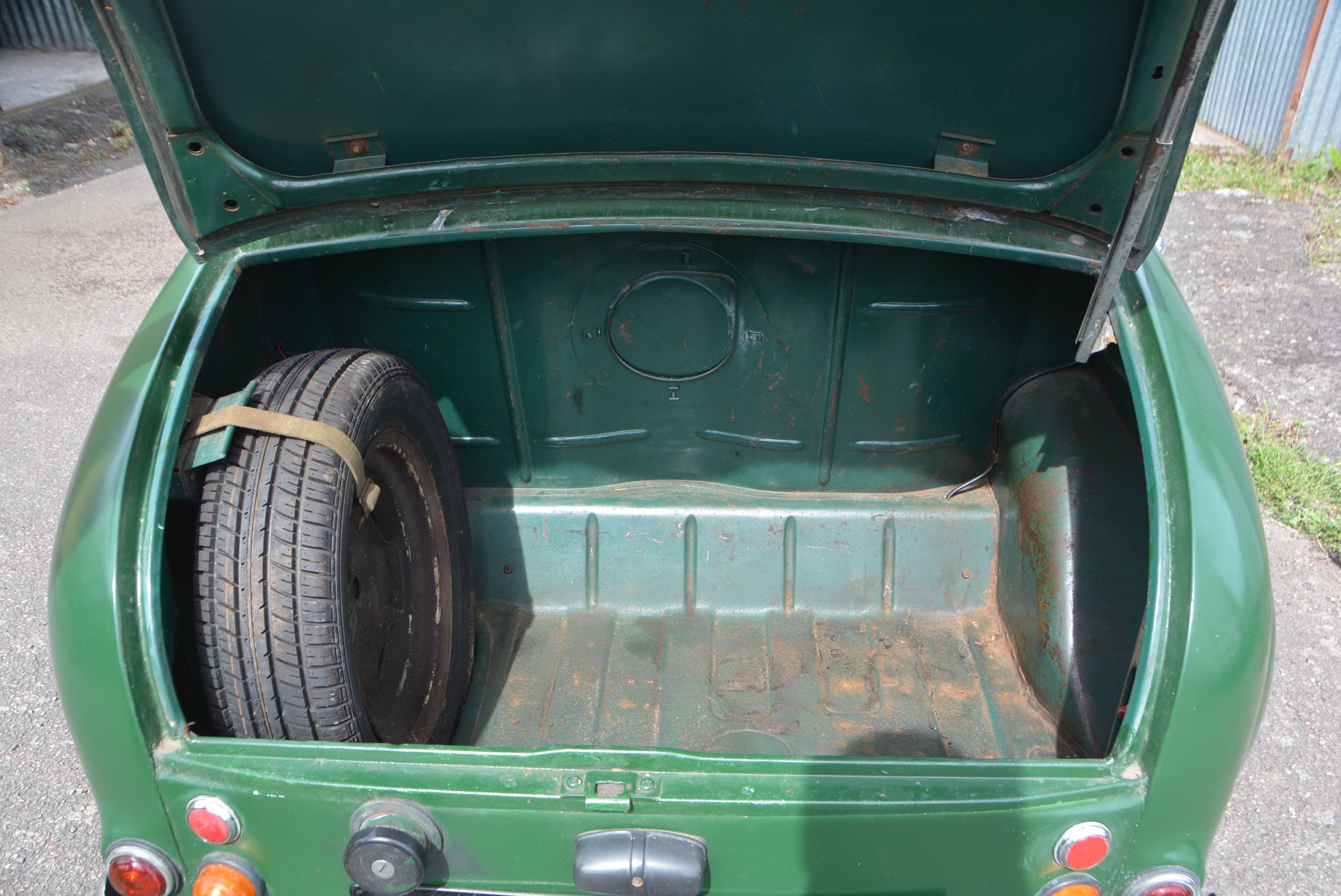 |  | |||||
 | 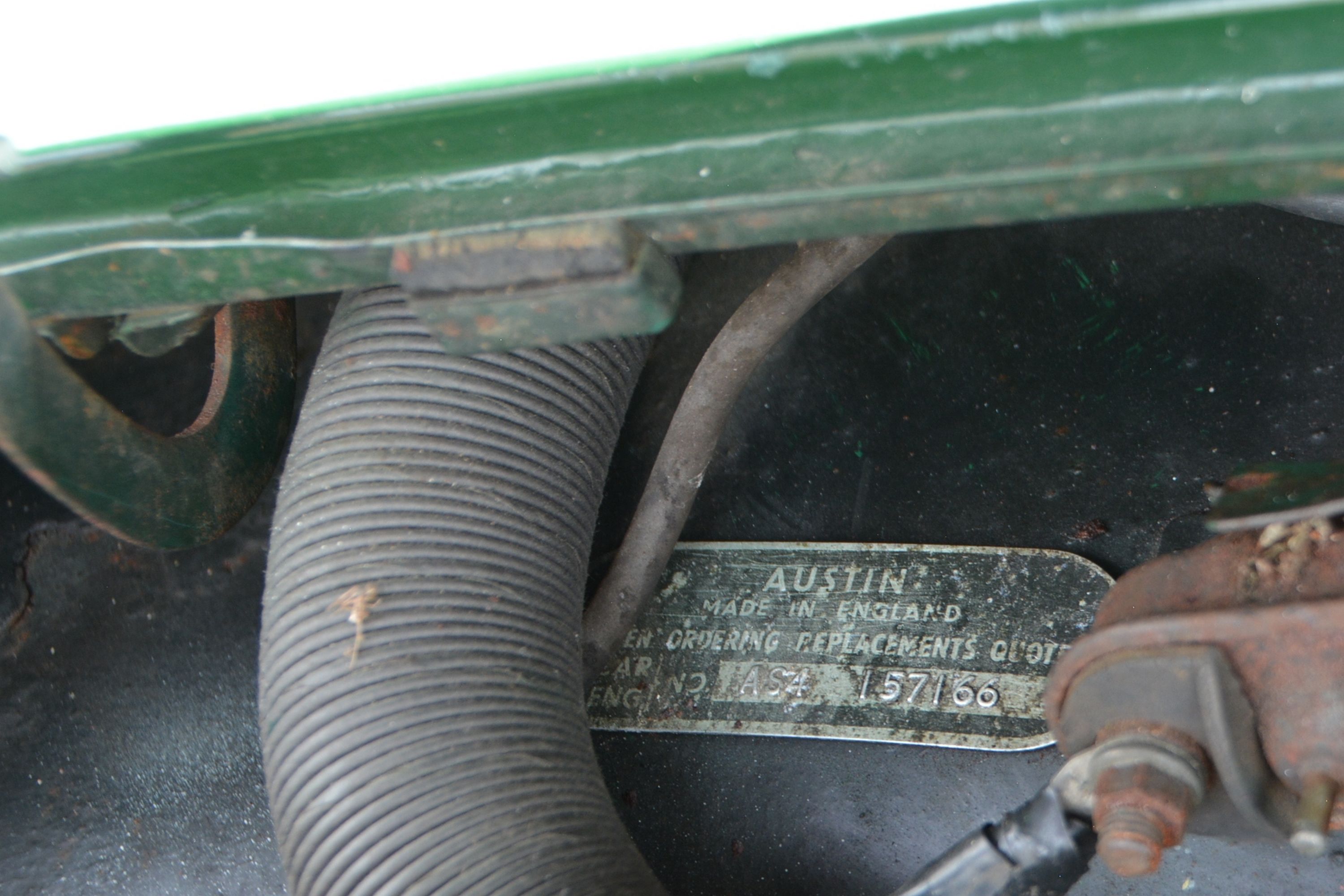 | 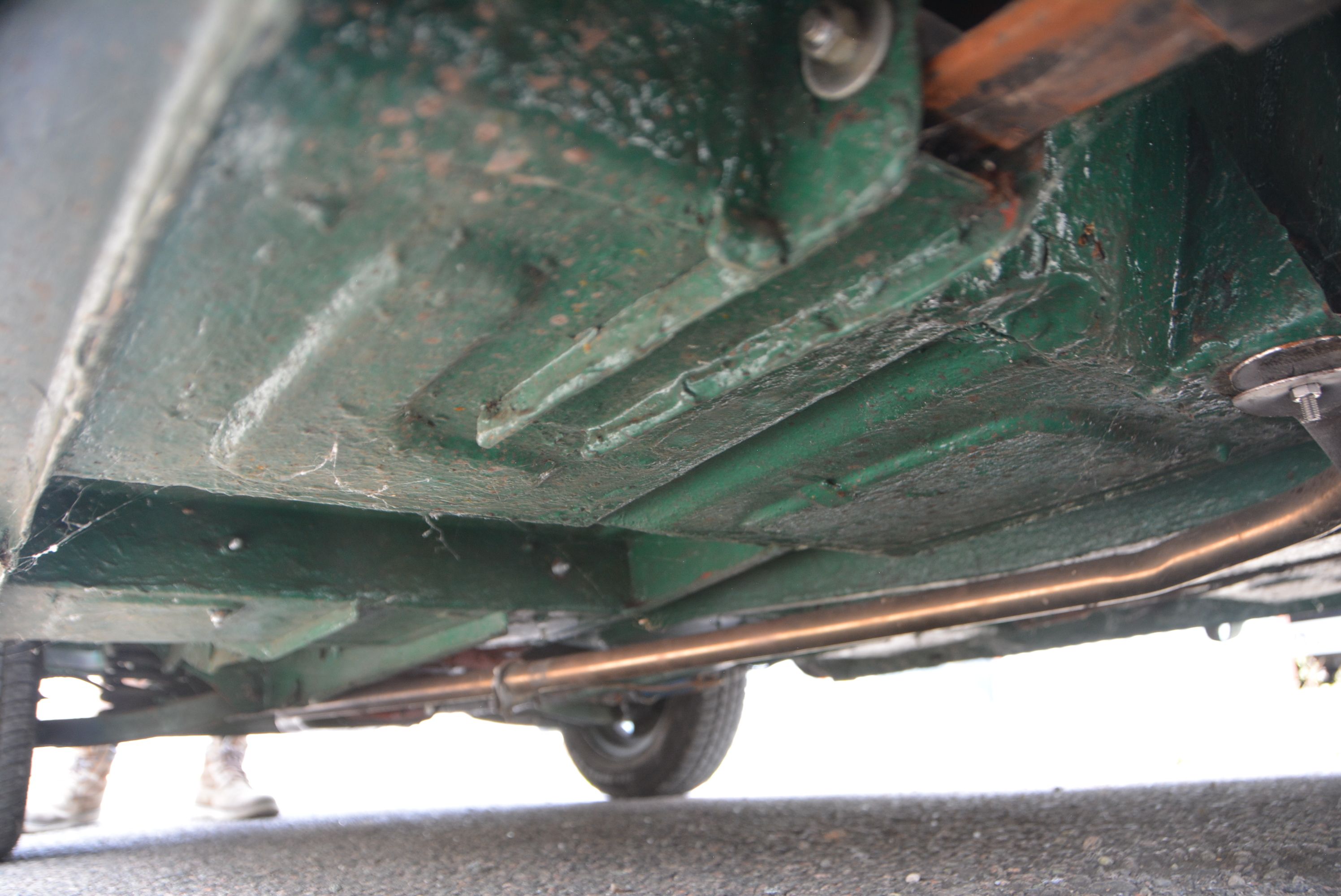 | 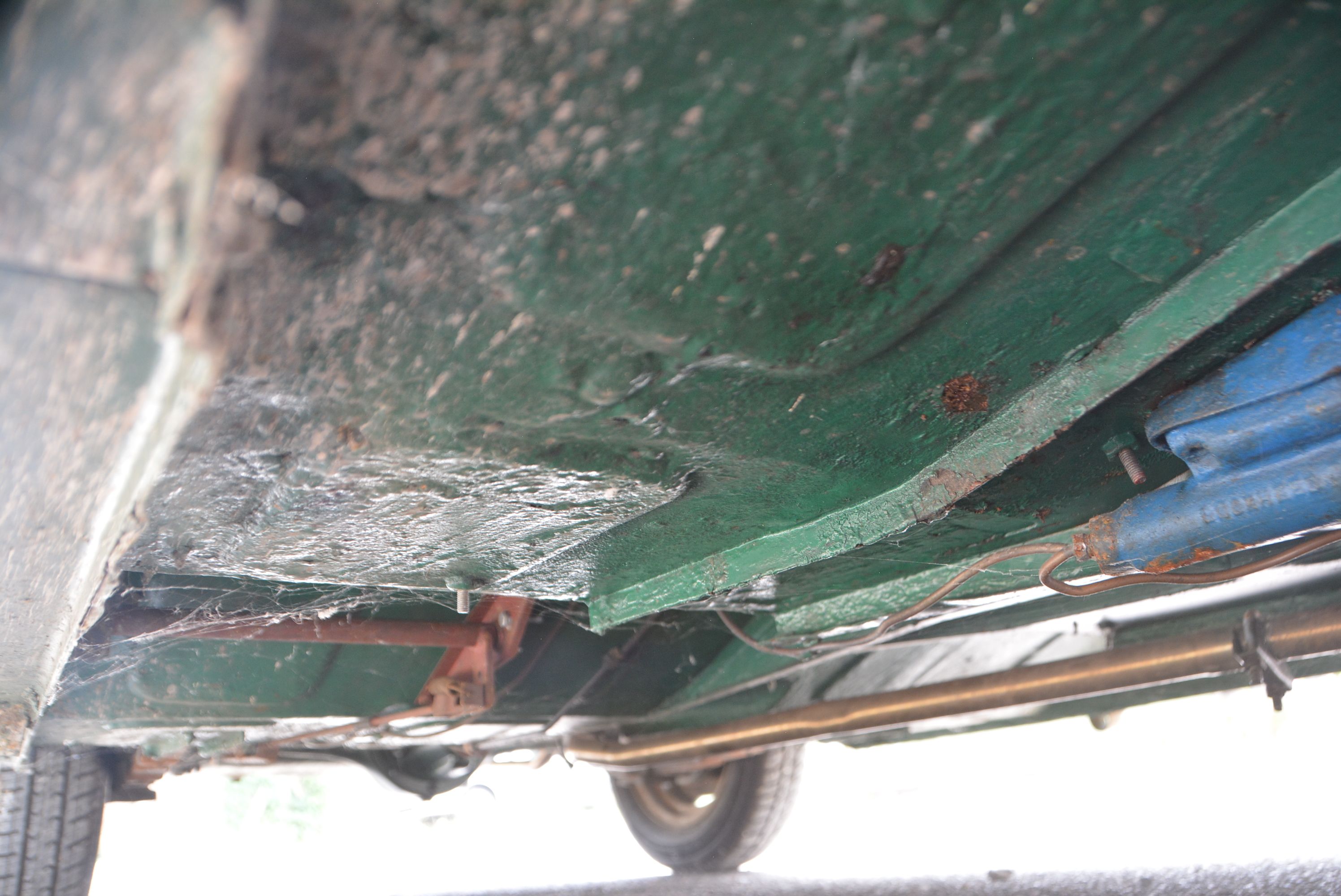 |
| Lot number | 128 |
|---|---|
| Hammer value | £1,232 |
| Description | Austin A30 |
| Registration | APA 48A |
| Year | 1955 |
| Colour | Green |
| Engine size | 1,000 cc |
| Chassis No. | AS4157166 |
| Engine No. | 9RA3N60766 |
| Documents | V5C; invoices; workshop manual |
Launched in 1951 to compete with the rival Morris Minor, the A30 marked a radical departure for Austin, being their first model to feature a fully stressed monocoque that was much lighter and stiffer than a conventional ladder chassis.
It was also the first car to use the everlasting A-Series overhead-valve 803cc engine which produced some 28bhp, sufficient for a top speed of 70mph and 42mpg economy. The braking was a hybrid system, with fully hydraulic drum brakes up front and rod operated drums at the rear. Suspension was by way of independent coil springs at the front end and beam axle/semi-elliptic leaf springs at the back.
Initially only available as a four-door saloon, a two-door version was launched in 1953 and estate and van options became available the following year. The two-door cost £475 at launch, £30 less than the four-door. The A30 remained in production until late 1956 when it was replaced by the A35, almost identical but with a slightly larger 948cc engine producing 34bhp, a painted grille and a larger rear window.
As the Heritage Certificate confirms, this relatively rare A30 four-door saloon dates from September 1955, other documents showing that it originally had the Hertfordshire-issued registration number VNK 827 which it sadly lost in 1984.
Diiscovered languishing in a barn by a previous owner about eight years ago, he immediately set about restoring the car and also performed some useful upgrades along the way. These include front disc brakes from an MG Midget, a more powerful A-series engine from a Morris Minor 1000 and a stainless steel exhaust. He also repainted the car in green cellulose which certainly gives it period charm although its lustre is unlikely to win any prizes.
Our vendor acquired the car in 2014 and has used it regularly, including a couple of long trips on family holidays, and he reports that it has always proved very reliable and can still hold its own in modern traffic, to the surprise of fellow road users. Supplied with a workshop manual and a good file of bills, it appears to be very sound throughout with a nicely mellowed interior and no dout has another 60-odd years of useful life left in it.